-
Lemongrass Plants For Sale
Lemongrass (Cymbopogon flexuosus) is an aromatic herb well-loved among gardeners and cooks. At The Growers Exchange, we take pride in providing top-quality lemongrass plants for sale. Like all our other herbs, our lemongrass plants are grown carefully and according to environmentally responsible and sustainable practices.
Our lemongrass plants are the perfect choice for anyone looking to cultivate a culinary herb that adds fragrance to their garden and flavor to their meals. Explore the unique qualities of lemongrass below and discover why it deserves a spot in your garden.
What Is the Lemongrass Plant?
The lemongrass plant is a tropical herb native to Southeast Asia, specifically Sri Lanka, Burma, and Thailand. This perennial grass is prized for its essential oils and is a key ingredient in many Asian dishes, teas, and natural remedies. It is also called East Indian lemongrass, Cochin grass, and Malabar grass.
Lemongrass's clumping growth habit and tall, slender leaves add a touch of elegance to any garden. Its strong lemon scent keeps your outdoor space smelling fresh and inviting. Lemongrass plants are also easy to grow and care for, making them suitable for beginners and experienced gardeners alike.
Lemongrass Plant Appearance and Characteristics
Lemongrass plants are characterized by their striking appearance. They have tall, arching stalks that can reach up to four feet in height. The plant’s overall growth pattern is dense and upright, making it an attractive border plant or a statement piece in a mixed herb garden. Their leaves are long, narrow, and rough, with a vibrant green color that stands out in any garden setting.
Lemongrass is named for its lemon-like aroma: when crushed or cut, the leaves release an invigorating citrusy scent. While its fragrance is pleasant to humans, it repels deer, making it ideal for those who want to make their gardens deer-resistant.
The base of the plant forms a bulbous structure that resembles a scallion, and this part is commonly used in cooking to infuse dishes with its distinctive citrus flavor.
Lemongrass Plant: Origins and History
Lemongrass has a rich history rooted in the tropical regions of Southeast Asia, where it has been cultivated for centuries. It is used to season many Vietnamese, Thai, Malaysian, Indonesian, and Filipino dishes. Traditionally, it was used not only as a culinary herb but also as a medicinal one. It was believed to aid digestion, reduce inflammation, and relieve stress.
Over time, lemongrass plants spread to other parts of the world, becoming popular in various cuisines and herbal remedies. Today, lemongrass is widely grown in tropical and subtropical climates and has become a staple in gardens and kitchens worldwide.
How To Grow Lemongrass: Plant Care Basics
Growing lemongrass is relatively simple. It does well planted outside or indoors in a container. With a few basic care tips, your lemongrass plants are sure to flourish:
-
Light: Lemongrass requires full sun to grow well. Ensure it receives at least six to eight hours of direct sunlight each day. If you’re growing it indoors, make sure to place it in a sunny spot.
-
Temperature: Because it is a tropical plant, lemongrass thrives in warm temperatures. It is hardy at USDA zones 9 to 11. It can tolerate occasional dips in temperature but should be protected from frost.
-
Soil: Plant your lemongrass plants in well-drained soil with a slightly acidic to neutral pH, ideally between 6.0 and 7.0.
-
Watering: Like most herbs, it doesn't need excessive watering. Water when needed, particularly during dry spells, to keep the plant healthy and vigorous.
-
Fertilizing: Lemongrass is a heavy feeder that benefits from regular fertilization. Use a balanced, all-purpose fertilizer every four to six weeks during the growing season.
-
Pruning: Regularly trim the leaves to encourage new growth and prevent the plant from becoming too leggy. Harvest the stalks and leaves as needed for culinary use.
Uses and Benefits of Lemongrass
Lemongrass is cherished for its wide range of uses in the kitchen and beyond. The stalks and leaves are commonly used in Southeast Asian cuisine, adding a zesty, lemony flavor to soups, curries, roasted chicken, and marinades.
Lemongrass is also a popular ingredient in teas and herbal infusions, thanks to its refreshing taste and calming properties. In addition to its culinary applications, lemongrass is valued for its medicinal benefits. It has been used traditionally to treat digestive issues, relieve headaches, and reduce stress. The essential oil extracted from lemongrass plants is often used in aromatherapy and natural insect repellents.
Your Go-to Source for Quality Lemongrass Plants
Lemongrass plants offer a delightful combination of beauty, fragrance, and utility, making them a must-have for any garden. At The Growers Exchange, we are committed to providing high-quality plants that will flourish in your care. Shop online today or contact us for assistance with your order!
-
Lemongrass Plants For Sale
Lemongrass (Cymbopogon flexuosus) is an aromatic herb well-loved among gardeners and cooks. At The Growers Exchange, we take pride in providing top-quality lemongrass plants for sale. Like all our other herbs, our lemongrass plants are grown carefully and according to environmentally responsible and sustainable practices.
Our lemongrass plants are the perfect choice for anyone looking to cultivate a culinary herb that adds fragrance to their garden and flavor to their meals. Explore the unique qualities of lemongrass below and discover why it deserves a spot in your garden.
What Is the Lemongrass Plant?
The lemongrass plant is a tropical herb native to Southeast Asia, specifically Sri Lanka, Burma, and Thailand. This perennial grass is prized for its essential oils and is a key ingredient in many Asian dishes, teas, and natural remedies. It is also called East Indian lemongrass, Cochin grass, and Malabar grass.
Lemongrass's clumping growth habit and tall, slender leaves add a touch of elegance to any garden. Its strong lemon scent keeps your outdoor space smelling fresh and inviting. Lemongrass plants are also easy to grow and care for, making them suitable for beginners and experienced gardeners alike.
Lemongrass Plant Appearance and Characteristics
Lemongrass plants are characterized by their striking appearance. They have tall, arching stalks that can reach up to four feet in height. The plant’s overall growth pattern is dense and upright, making it an attractive border plant or a statement piece in a mixed herb garden. Their leaves are long, narrow, and rough, with a vibrant green color that stands out in any garden setting.
Lemongrass is named for its lemon-like aroma: when crushed or cut, the leaves release an invigorating citrusy scent. While its fragrance is pleasant to humans, it repels deer, making it ideal for those who want to make their gardens deer-resistant.
The base of the plant forms a bulbous structure that resembles a scallion, and this part is commonly used in cooking to infuse dishes with its distinctive citrus flavor.
Lemongrass Plant: Origins and History
Lemongrass has a rich history rooted in the tropical regions of Southeast Asia, where it has been cultivated for centuries. It is used to season many Vietnamese, Thai, Malaysian, Indonesian, and Filipino dishes. Traditionally, it was used not only as a culinary herb but also as a medicinal one. It was believed to aid digestion, reduce inflammation, and relieve stress.
Over time, lemongrass plants spread to other parts of the world, becoming popular in various cuisines and herbal remedies. Today, lemongrass is widely grown in tropical and subtropical climates and has become a staple in gardens and kitchens worldwide.
How To Grow Lemongrass: Plant Care Basics
Growing lemongrass is relatively simple. It does well planted outside or indoors in a container. With a few basic care tips, your lemongrass plants are sure to flourish:
-
Light: Lemongrass requires full sun to grow well. Ensure it receives at least six to eight hours of direct sunlight each day. If you’re growing it indoors, make sure to place it in a sunny spot.
-
Temperature: Because it is a tropical plant, lemongrass thrives in warm temperatures. It is hardy at USDA zones 9 to 11. It can tolerate occasional dips in temperature but should be protected from frost.
-
Soil: Plant your lemongrass plants in well-drained soil with a slightly acidic to neutral pH, ideally between 6.0 and 7.0.
-
Watering: Like most herbs, it doesn't need excessive watering. Water when needed, particularly during dry spells, to keep the plant healthy and vigorous.
-
Fertilizing: Lemongrass is a heavy feeder that benefits from regular fertilization. Use a balanced, all-purpose fertilizer every four to six weeks during the growing season.
-
Pruning: Regularly trim the leaves to encourage new growth and prevent the plant from becoming too leggy. Harvest the stalks and leaves as needed for culinary use.
Uses and Benefits of Lemongrass
Lemongrass is cherished for its wide range of uses in the kitchen and beyond. The stalks and leaves are commonly used in Southeast Asian cuisine, adding a zesty, lemony flavor to soups, curries, roasted chicken, and marinades.
Lemongrass is also a popular ingredient in teas and herbal infusions, thanks to its refreshing taste and calming properties. In addition to its culinary applications, lemongrass is valued for its medicinal benefits. It has been used traditionally to treat digestive issues, relieve headaches, and reduce stress. The essential oil extracted from lemongrass plants is often used in aromatherapy and natural insect repellents.
Your Go-to Source for Quality Lemongrass Plants
Lemongrass plants offer a delightful combination of beauty, fragrance, and utility, making them a must-have for any garden. At The Growers Exchange, we are committed to providing high-quality plants that will flourish in your care. Shop online today or contact us for assistance with your order!

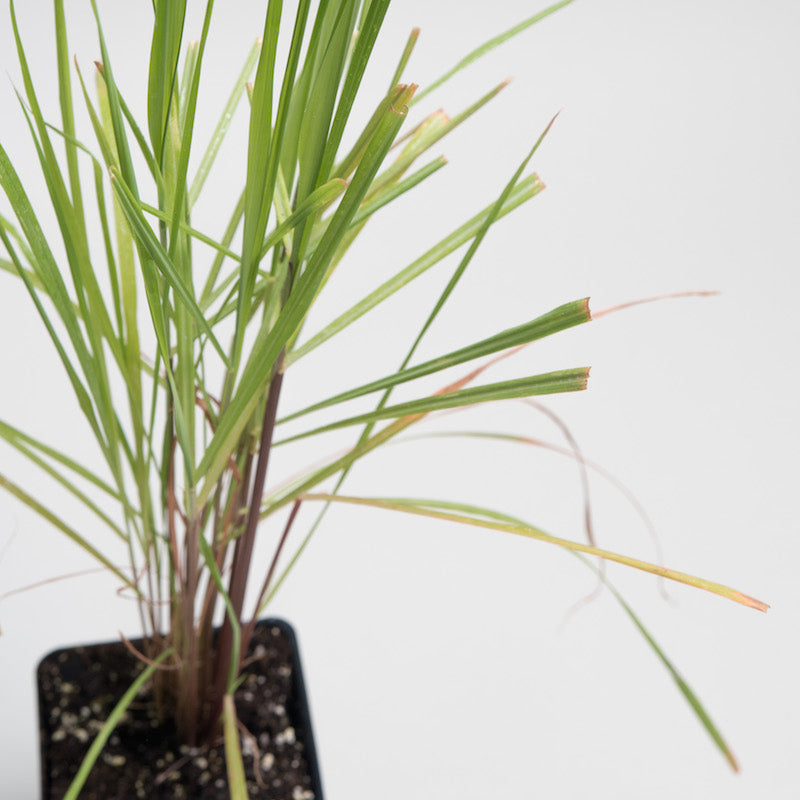

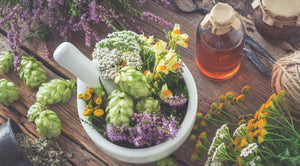
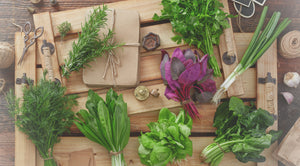
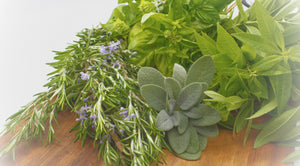
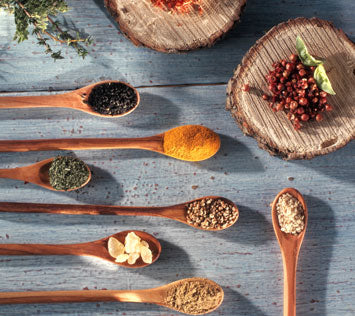
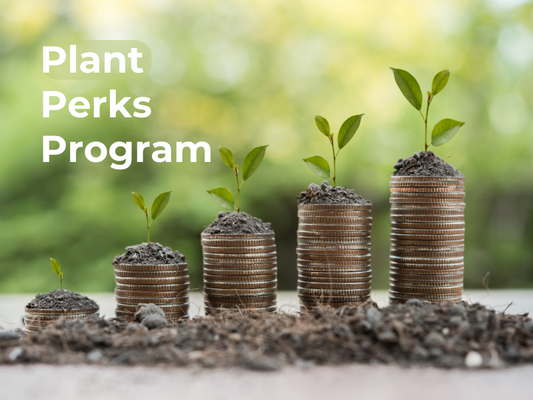

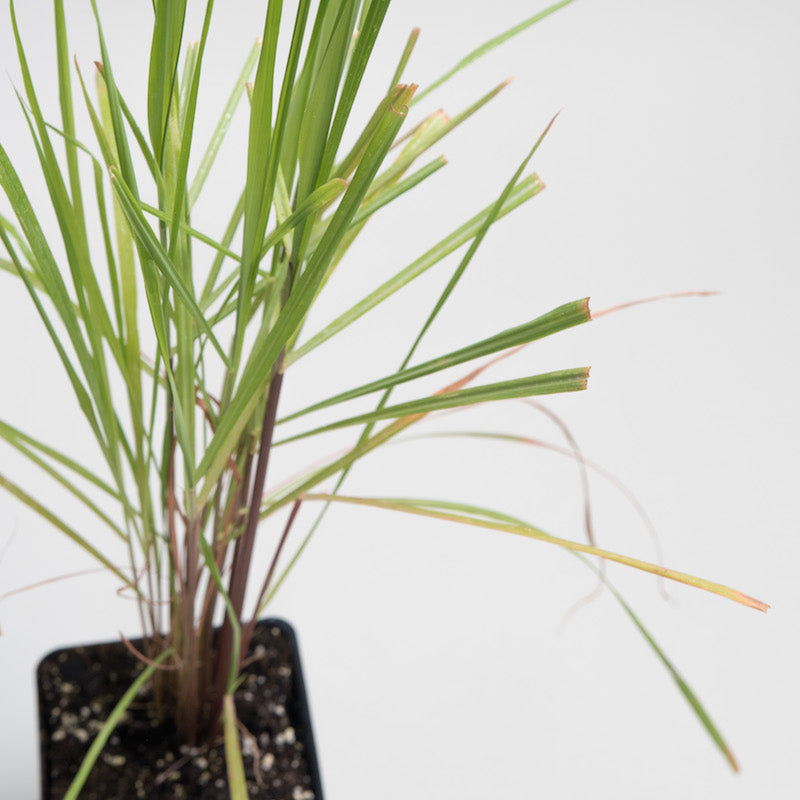
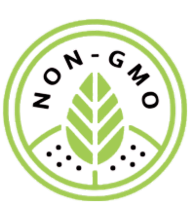


 Culinary
Culinary
 Medicinal
Medicinal
 Deer Resistant
Deer Resistant
 Aroma
Aroma
 Container
Container